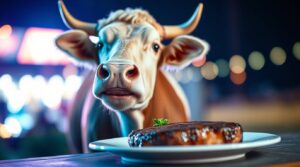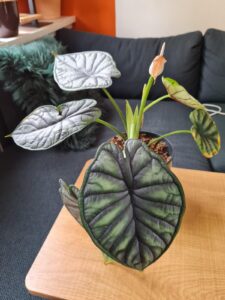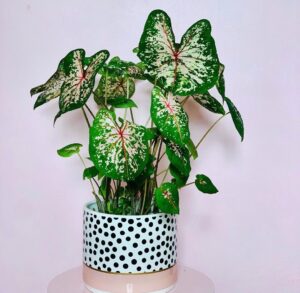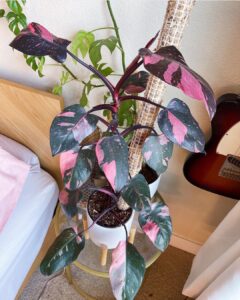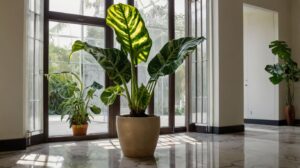
When it comes to indoor plants, there is a wide variety to choose from. However, not all houseplants are suitable for every environment. If you live in a cold climate or have a room with low temperatures, it’s important to choose houseplants that can thrive in such conditions.
In this article, we will explore some of the worst tropical houseplants for cold rooms. We will discuss why these plants struggle in low temperatures and provide alternative options that can withstand chilly environments. So, if you’re looking to add some greenery to your cold room, keep reading!
In this article
Understanding Cold Rooms and Tropical Houseplants
Before we dive into the specific houseplants, let’s first understand what qualifies as a cold room and why tropical houseplants struggle in such environments. A cold room typically refers to a space with temperatures below 60°F (15°C). These rooms may lack proper insulation or have exposure to drafts, making them unsuitable for plants that require warmer conditions.
Tropical houseplants, as the name suggests, are native to tropical regions with warm and humid climates. They have adapted to thrive in these conditions and are not well-suited for colder environments. When exposed to low temperatures, tropical houseplants can experience a range of issues, including stunted growth, leaf discoloration, and even death. It’s crucial to choose houseplants that are better equipped to handle colder temperatures if you want them to thrive in a cold room.
The Worst Tropical Houseplants for Cold Rooms
Monstera deliciosa
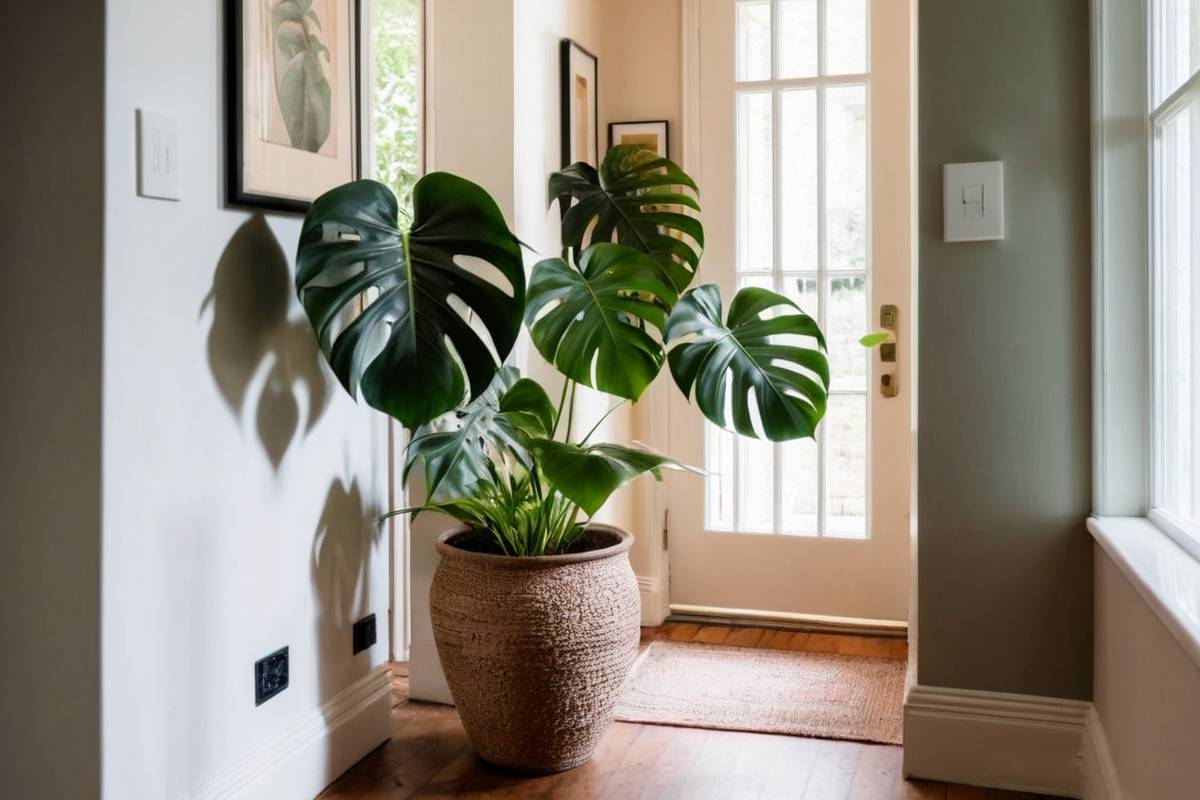
Also known as the Swiss cheese plant, Monstera deliciosa is a popular choice for indoor gardening. However, it is not suitable for cold rooms. This tropical plant prefers temperatures between 65°F and 85°F (18°C – 29°C) and can suffer damage if exposed to colder temperatures for an extended period.
Ficus lyrata
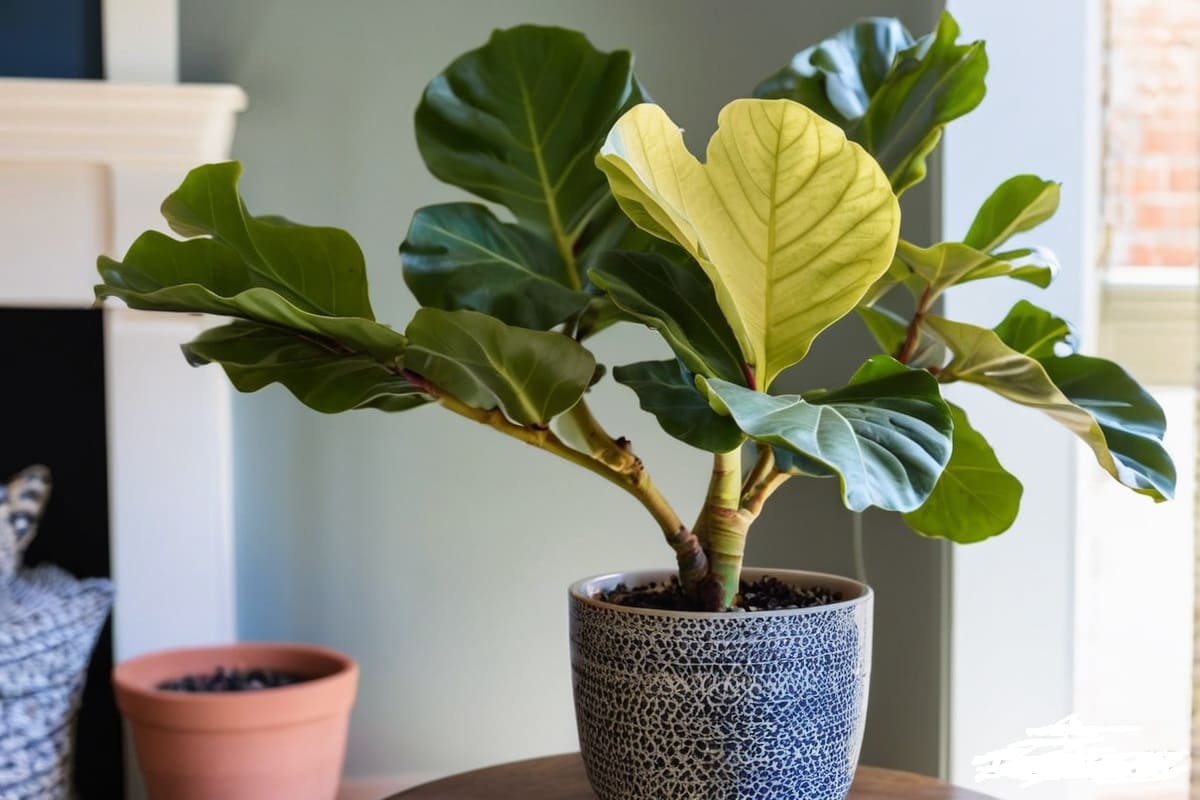
The Fiddle-leaf Fig is a trendy houseplant known for its large, glossy leaves. While it can tolerate slightly cooler temperatures, it is still not well-suited for cold rooms. Ficus lyrata prefers temperatures between 60°F and 75°F (15°C – 24°C) and may struggle to thrive in colder environments.
Calathea

Calathea plants are prized for their vibrant foliage and unique patterns. However, they are not cold-tolerant. Calathea plants prefer temperatures between 65°F and 75°F (18°C – 24°C) and can suffer from leaf damage and growth issues in colder rooms.
Bird of Paradise
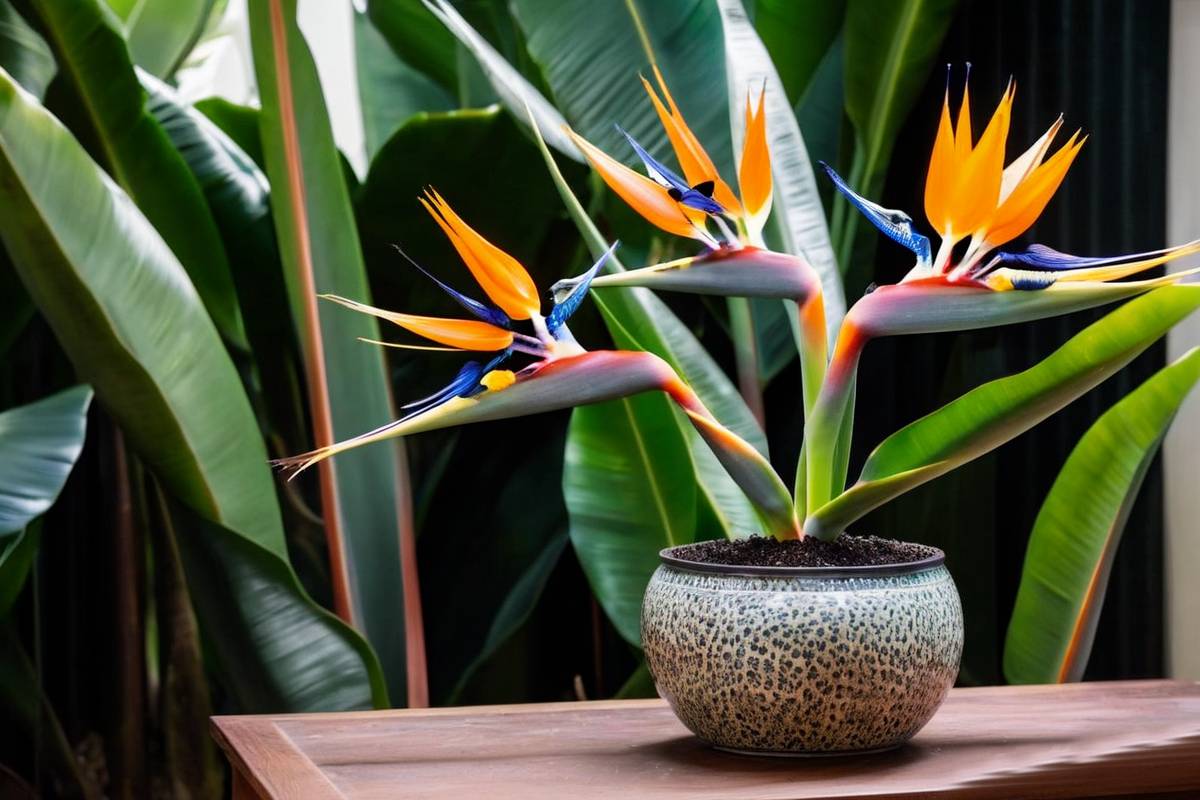
With its striking orange and blue flowers, the Bird of Paradise (Strelitzia) plant is a tropical beauty. Unfortunately, it is not well-suited for cold rooms. Bird of paradise plants prefer temperatures between 70°F and 90°F (21°C – 32°C) and may struggle to survive in colder environments.
Anthurium
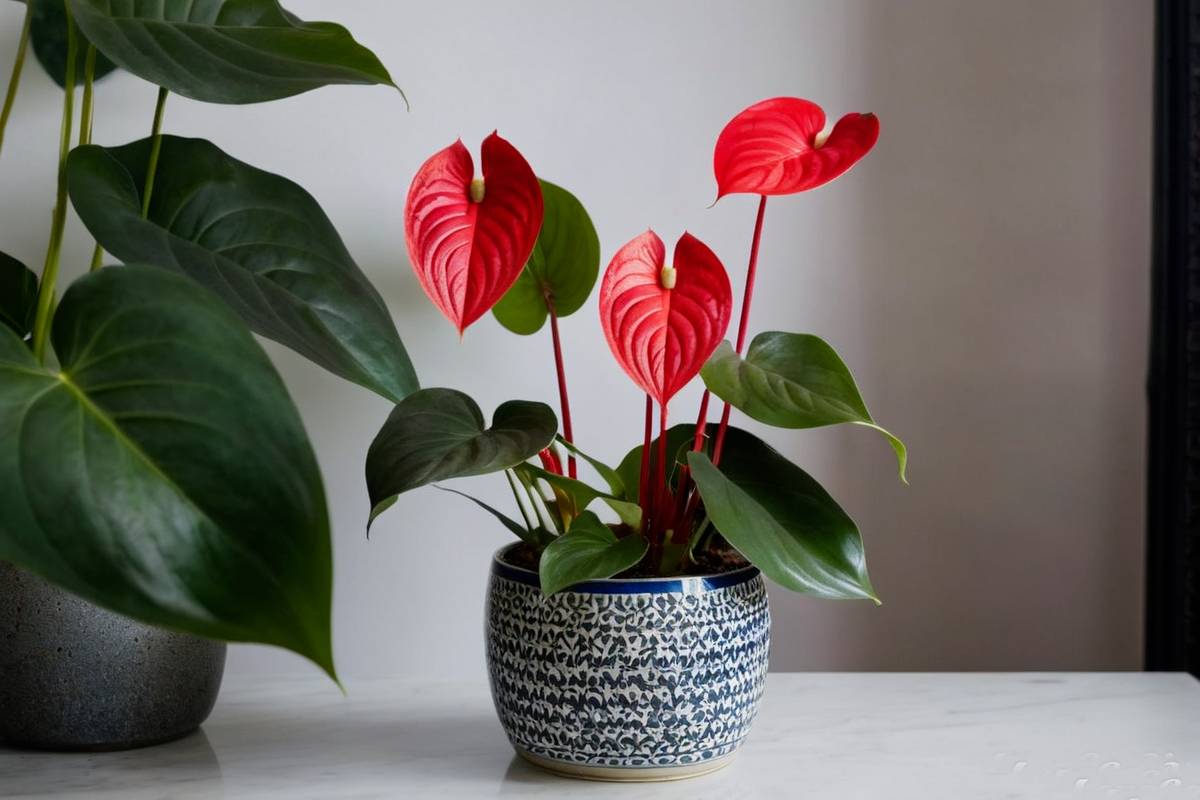
Anthurium plants, also known as Flamingo Flowers, are loved for their vibrant, heart-shaped blooms. However, they are not cold-hardy. Anthurium plants prefer temperatures between 70°F and 90°F (21°C – 32°C) and can suffer from cold damage in colder rooms.
Alternative Houseplants for Cold Rooms
Now that we know which tropical houseplants to avoid in cold rooms, let’s explore some alternative options that can thrive in lower temperatures:
- Snake Plant – Also known as Sansevieria, the snake plant is a hardy houseplant that can tolerate a wide range of temperatures, including colder rooms. It is known for its long, upright leaves and ability to purify the air.
- ZZ Plant – The ZZ plant, or Zamioculcas zamiifolia, is another excellent choice for cold rooms. It has glossy, dark green leaves and can tolerate temperatures as low as 45°F (7°C). It is also a low-maintenance plant, making it ideal for beginners.
- Pothos – Pothos, or Epipremnum aureum, is a versatile houseplant that can thrive in various light conditions, including low-light environments. It can tolerate temperatures as low as 50°F (10°C) and is known for its trailing vines and heart-shaped leaves.
- Spider Plant – Spider plants, or Chlorophytum comosum, are popular for their arching leaves and ability to produce baby spider plants, also known as spiderettes. They can tolerate temperatures as low as 35°F (2°C) and are relatively easy to care for.
- Chinese Evergreen – The Chinese evergreen, or Aglaonema, is a beautiful houseplant with variegated leaves. It can tolerate temperaturesas low as 60°F (15°C) and is known for its ability to adapt to various light conditions, making it suitable for cold rooms.
Frequently asked questions
Can I use a space heater to warm up my cold room for tropical houseplants?
While using a space heater may help raise the temperature in your cold room, it’s important to be cautious. Some tropical houseplants may not tolerate sudden temperature changes, and excessive heat can also be detrimental. It’s best to choose houseplants that are naturally better suited for colder environments.
How can I protect my tropical houseplants during the winter months?
If you have tropical houseplants that are sensitive to cold temperatures, it’s essential to provide them with proper care during the winter months. This may include moving them to a warmer area of your home, ensuring they are away from drafts, and avoiding overwatering, as wet roots can be more susceptible to cold damage.
Are there any tropical houseplants that can tolerate cooler temperatures?
Yes, there are some tropical houseplants that can tolerate cooler temperatures to some extent. However, it’s important to note that even these plants have their limits and may not thrive in extremely cold rooms. Some examples of tropical houseplants that can handle slightly cooler temperatures include the peace lily, pothos, and spider plant.
Can I use grow lights to provide additional warmth for my tropical houseplants?
Grow lights can be beneficial for tropical houseplants, as they provide the necessary light for photosynthesis. However, they do not generate significant heat to warm up the surrounding environment. If you’re looking to provide additional warmth, it’s best to consider alternative options such as a space heater or choosing houseplants that are better suited for colder temperatures.
Are there any other factors besides temperature that can affect the health of tropical houseplants in cold rooms?
Yes, besides temperature, other factors can impact the health of tropical houseplants in cold rooms. These include humidity levels, air circulation, and exposure to drafts. It’s important to create an environment that mimics the tropical conditions these plants thrive in, including providing adequate humidity and avoiding direct exposure to cold drafts.
When it comes to choosing houseplants for cold rooms, it’s crucial to consider their temperature requirements. Tropical houseplants, while beautiful, are not well-suited for colder environments and can suffer from damage or even death. By opting for alternative houseplants that can tolerate lower temperatures, such as snake plants, ZZ plants, and pothos, you can still enjoy the benefits of indoor greenery in your cold room.
Remember to provide proper care and create an environment that mimics their natural habitat to ensure their optimal growth and health.
Happy gardening!
